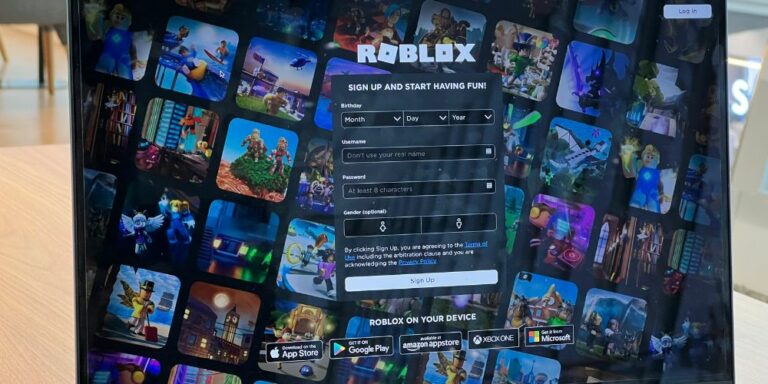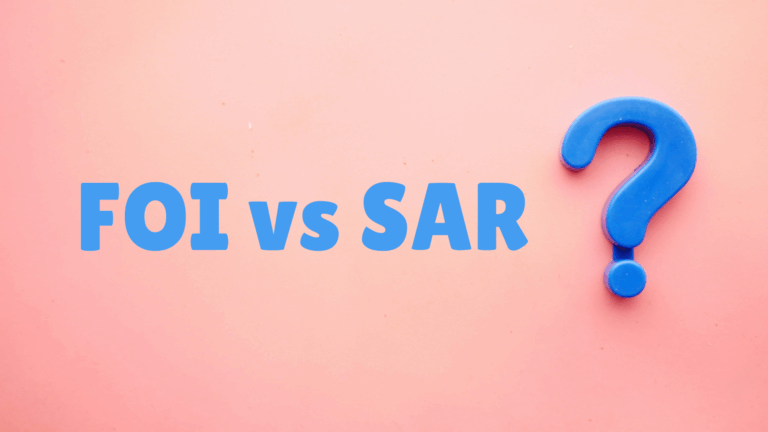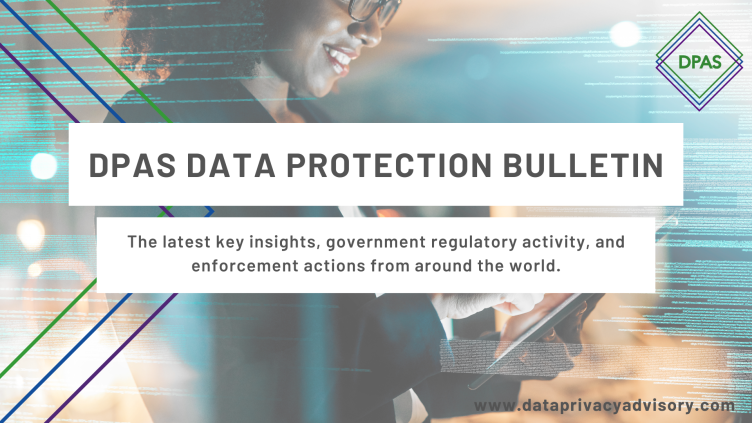In today’s hyper-connected world, children are not only learning and playing online but also facing unprecedented risks. Recent reports show a worrying trend: two-thirds of children report experiencing some form of online harm, from exposure to inappropriate content to being contacted by strangers (Internet Matters). It’s been nearly 20 years since Facebook burst onto the scene and we are still struggling to educate people about appropriate use of that. If it has been around that long, and we still can’t protect users from some low level, relatively unsophisticated risks, how are we meant to approach protecting children from risks on platforms we understand less about, using technology that is more advanced, and with more users than ever before?
How on earth do we get ahead of this curve?
With two thirds of children reporting online harms, are we doing enough to protect young users in digital spaces? From extremist recruitment to inappropriate content, recent news highlights a critical need for stronger data protection practices and more active monitoring of online platforms.
Platforms like Roblox have been scrutinised for failing to provide a truly safe environment for young users. A 2024 investigation uncovered how Roblox continues to struggle with safeguarding children from online predators and explicit content (PlayStation Universe). Emma Martins recently inspired me to do some more reading when she published a thought provoking LinkedIn post with a link to some unnerving findings, find that post and those findings here.
But it’s not just Roblox – other popular platforms are facing similar challenges.
It is easy to slip into the idea that parents should do more, screen time should be restricted, or that ‘it wouldn’t happen to me’, but every single one of those puts the onus on children/parents, or their families, to be responsible for things often out of their control. Sure there is an element of responsibility at home, but shouldn’t these behemoth organisations also be doing everything they can to moderate what children (and adults alike) can access?
This only becomes even more concerning when considering the recent lawsuits against TikTok, after internal communications were released that seem to suggest that TikTok is built to be ‘addictive’ by design (TikTok Lawsuit). So how do we combat technology that is built this way, how can we be protecting children — our loved ones — when the rivals’ pockets are deeper, knowledge is better, and resources are almost endless?
I could go on, the amount of media available about similar topics is endless, but they all have one thing in common – the emphasis on a need for platforms to be more proactive in protecting their users.

Laws in place for protecting children
In the UK we have a plethora of provisions, both in law, and through guidance and codes of conduct, that aim to regulate how we ‘stay safe’ online – UK GDPR, Age Appropriate Design Code, Online Safety Act, etc. Even King Charles himself mentioned a new bill during his speech earlier this year. So we are trying, we are putting the tools in place to ensure that at the very least there is some consideration for online privacy, but is it enough?
In order for organisations to really see the importance it needs to be strictly regulated, closely monitored, and there needs to be consequences for falling short, with a notoriously ‘soft’ data protection regulator in the UK, it’s difficult to imagine a future where organisations with a disregard for online safety are appropriately penalised.
So in the meantime, what can we be doing? It seems that anytime I write one of these blogs, I end up in these conundrums – I can highlight the issue, but I don’t really have the solution, so instead I am going to highlight a few of the things I know you can do, and access, that for now are our best bet at ensuring our children, and families, are given the best chance possible to be protected from the more insidious corners of the internet of things.
Parental Controls and Privacy Settings
Yep, you have probably heard this one before whenever the topic of protecting children online comes up, but it really is important. Many apps, games, and devices offer built-in parental controls that allow parents and guardians to monitor, and limit, what children can access online. Make sure that they are enabled, and that the privacy settings are as restrictive as possible.
Check out this handy guide by Internet Matters. The BBC also has some great resources available here.
Open Conversation and Education
It may seem obvious, but have you actually discussed the potential online risks? I am not suggesting we start telling children the ins-and-outs of all of the unsavoury individuals that might be lurking online, but they should understand the basics of topics like privacy, and how to recognise harmful behaviour. Encourage them to ask questions and come to you if they encounter anything that they are uncomfortable with, or feel is ‘out of the ordinary’. Highlighting key things such as not sharing photographs, not using your real name, and not telling people details about your life could be instrumental in keeping children safe. There are lots of resources available online to help get those conversations started, check out the NSPCC’s Techosaurus here.
There is also a plethora of resources linked via the Gov website here.
Utilise Technology
As you may have guessed, as the online world continues to develop, so do the business opportunities, there is some great tech available to help support in staying secure, protecting children and families, and keeping everyone safe online. Check out some of the ones below –
SafeToNet – Endorsed by the UK Gov website, uses AI to filter out harmful content in real time, ensuring that inappropriate or harmful language never reaches your child.
Own It – An app provided free by BBC to encourage children to think before they share. If a child types something that could be harmful or overly revealing, the app might say, “Are you sure you want to share that?” or offer advice to help them rethink what they’re doing.
Qustodio – Dedicated technology for digital safety and wellbeing. You can set up filters, block specific apps, and monitor/enforce screentime.

So what can we do right now?
There are 101 other pieces of advice that you will have heard over and over – use strong passwords, check what your children are accessing, limit screen time, don’t accept friend requests from people you don’t know. Until there is more regulatory action, more penalties, and more consequences for organisations that are not building products that have safety at the forefront of design, we need to ensure we continue to educate, and spread awareness, the more people that understand the potential risks, and are openly discussing them, the better. It seems like an uphill battle, but as technology continues to evolve, it is essential that we do not rely on a multi billion pound industry to come up with the solutions for a problem they are contributing to.
Though the fight to keep children safe online may seem daunting, with growing awareness, better tools, and a united front from both parents (and tech companies), we can create a safer digital future for the next generation.
To learn more about what we do to help organisations safeguard data, take a look at our range of services and training courses. For help on ensuring your organisation is doing all it can to comply with data protection regulations and handle data responsibly, get in touch with us.





